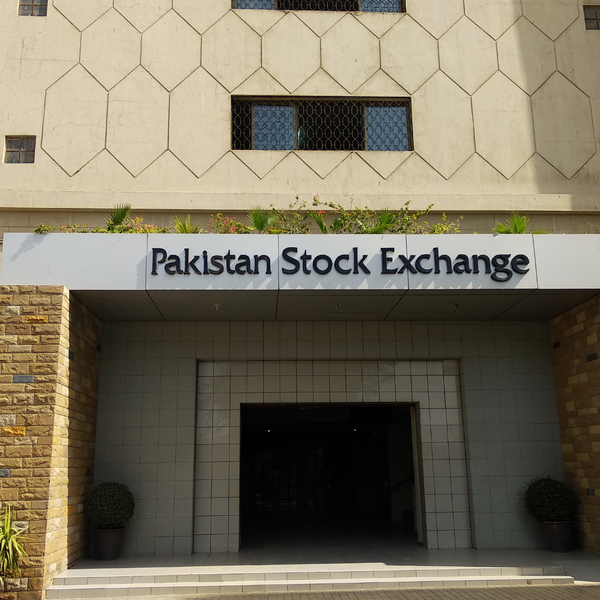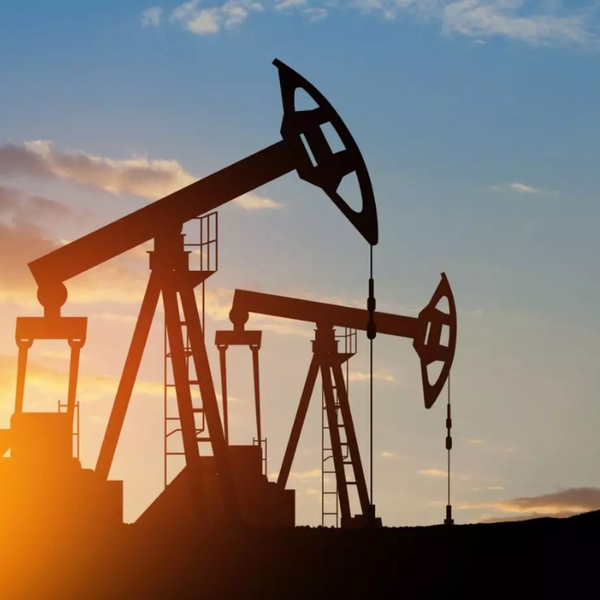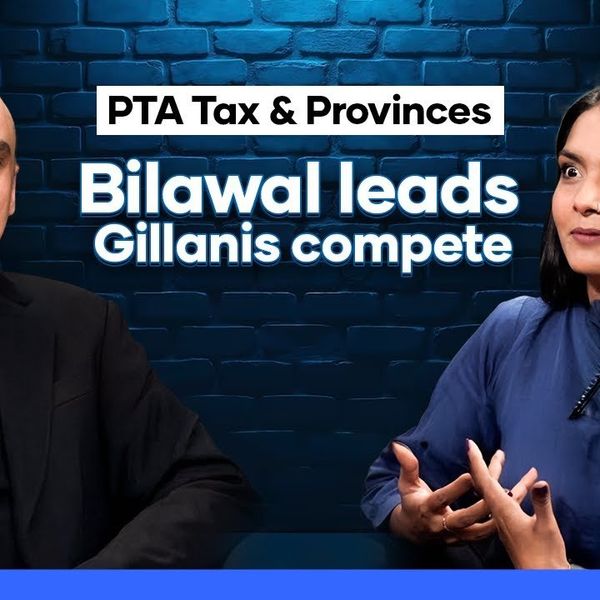Pakistan’s economy to recover on subdued inflation and low interest rates: World Bank
Agricultural growth slowed due to bad weather and pest outbreaks, hurting overall economic recovery, says report
Business Desk
The Business Desk tracks economic trends, market movements, and business developments, offering analysis of both local and global financial news.

Pakistan’s economy is showing signs of stabilization with easing inflation and improved financial conditions, but its growth outlook remains fragile and highly dependent on continued reforms, according to the World Bank’s latest Pakistan Development Update released on Wednesday.
The report projects real GDP growth of 2.7% for the fiscal year ending June 2025, slightly up from 2.5% the previous year. The uptick is expected to be supported by a rebound in private consumption and investment, driven by lower inflation, declining interest rates, and gradually improving business confidence.
“Pakistan’s key challenge is to transform recent gains from stabilization into economic growth that is sustainable and adequate for poverty reduction,” said Najy Benhassine, World Bank Country Director for Pakistan.
Agriculture sees limited growth
Despite the improvement, economic growth remained weak during the first half of the fiscal year due to tight macroeconomic policies. Agriculture experienced limited growth, hampered by unfavorable weather conditions and pest outbreaks.
Industrial activity shrank under the weight of high input costs, increased taxes, and reduced government spending. The services sector also saw muted growth, affected by weaknesses in both agriculture and industry.
The report notes that while Pakistan has achieved current account and primary fiscal surpluses, significant risks remain. These include high public debt, vulnerability to external shocks, and a challenging global trade environment.
Lead author Anna Twum emphasized the precariousness of the recovery. “Pakistan’s economy has turned the corner and stabilized. Yet, the economic outlook remains fragile,” she said. “Any delays in implementing structural reforms or shifts away from stabilization efforts could reverse recent gains.”
The World Bank forecasts growth to strengthen modestly to 3.1% in fiscal year 2026 and 3.4% in 2027. However, these projections are contingent on Pakistan sustaining macroeconomic stability and enacting key structural reforms.
Efficient tax system urged
Among those reforms, the World Bank has urged Pakistan to adopt a more progressive and efficient tax system, allow market-based currency exchange, reduce import tariffs to enhance exports, and streamline public sector operations to foster a more favorable business climate.
This edition of the Pakistan Development Update also highlights the country’s digital transformation as a key growth lever. The report underscores the need to mobilize private capital to develop digital infrastructure and improve connectivity, particularly fixed broadband, which remains costly and unevenly accessible across provinces.
“Closing the digital divide and expanding access to digital services require targeted legal and regulatory reforms,” said Shahbaz Khan, co-author of the report.
He added that a secure digital identification system, enhanced digital payment platforms, and better coordination among different levels of government are essential for building an inclusive digital economy.
The report comes as part of a broader regional assessment presented in the World Bank’s South Asia Development Update: Taxing Times, which forecasts slower regional growth in 2025 due to global uncertainty and constrained fiscal space.
The regional outlook also examines domestic revenue mobilization, noting that South Asia continues to underperform on tax collection despite relatively high rates.
The report urges countries to address inefficiencies in tax policy and administration to generate fiscal space for social and economic resilience.










Comments
See what people are discussing